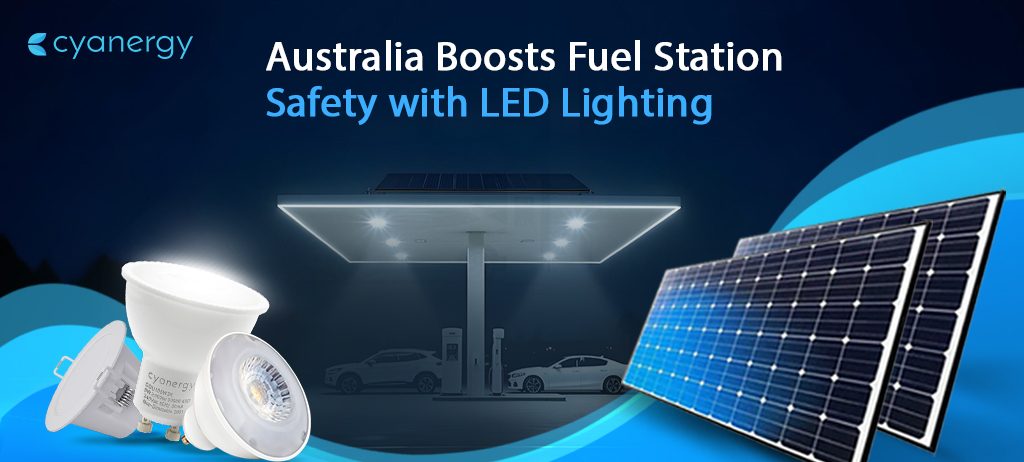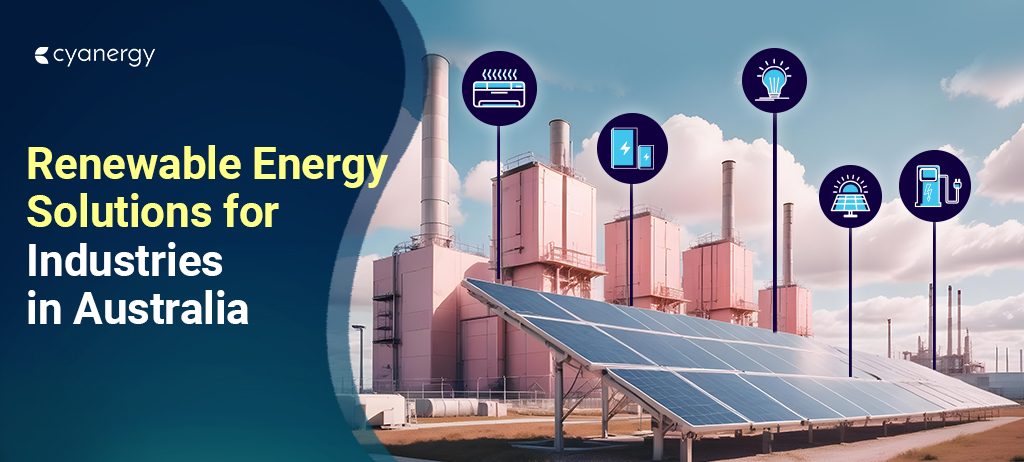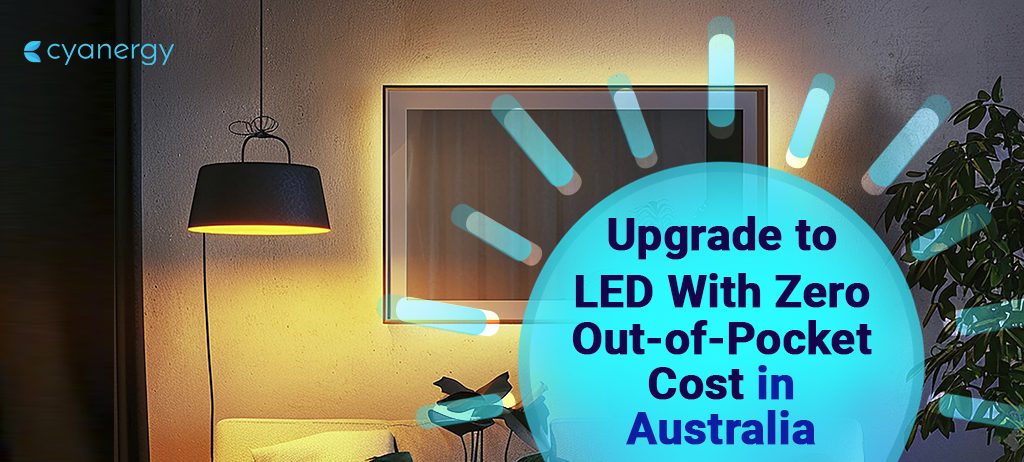Federal Solar Rebates
Back in 2008, the Renewable Energy Target (RET) was first introduced by the Australian federal government. The government’s RET program aims to lower greenhouse gas emissions from the power sector (fossil fuel run) and promote the increased production of energy from sustainable and renewable sources like solar panels, wind, hydro, etc.
With this target in place, they set two schemes in motion for businesses to enjoy, which are –
- SRES (Small-scale Renewable Energy Scheme)
- LRET (Large-scale Renewable Energy Target)
Under the SRES scheme, you can generate STCs (Small-scale Technology Certificates), and under the LRET scheme, you can generate LGCs (Large-scale Generation Certificates). These certificates are what spawn the monetary valuation of both schemes, which entices businesses like you and mine to go green. Ultimately fulfilling the government’s goal to depend less on non-renewable sources of energy.

How Do STCs Work?
STCs are available to households and small enterprises who have or need solar panel systems with a capacity of 100KW or less. If exceeded, this marker, then you will not be eligible but rather considered for LGCs.
Here’s what you need about the scheme –
- 1 megawatt of electricity replaced by your opted renewable energy source will generate 1 STC
- These certificates are meant to be sold to large electricity retailers who emit the most GHG gasses
- Only CEC-approved solar installers are eligible to sell these certificates (in the case of solar)
- The number of STCs generated will be dependable on the MWh of energy replaced by your system over the course of one deeming year or 5 years
- The price of each certificate is determined by the supply and demand of certificates
- A cash amount will be adjusted from the final bill after the estimation of STC numbers are at hand by your installer
- Deeming period in STC means the number of years left before you can take advantage of the scheme, and with each year passing till the end year of 2030, the incentive amount decreases.
- The Small-scale Technology Percentage (STP) determines how many STCs the liable parties must submit
- The 2023 STP is 16.29%, meaning large energy retailers are legally obligated to surrender 28.5 million STCs to meet their SRES goal.
- STCs can be traded in the open market or in a clearing house. The clearing market offers a fixed price per certificate, whereas the open market prices fluctuate. N.B- price per certificate cannot exceed $40 Aud.
- Depending on the size of the system, zone, date of installation, etc., the calculation of STCs will differ. An accredited person only is eligible to do so.
Learn more extensively about how STC works on the government website here. For simple elaboration, follow this link.
How do LGCs Work?
Large-scale Generation Certificates work on the same principles as the STCs. When your system exceeds the 100kW mark, it’s no longer eligible for generating STCs; rather, it can now generate LGCs with the help of a designated registered person.
Here is a brief explanation of how LGCs operate. –
- Businesses exceeding the 100kW mark are eligible for this scheme
- Similarly, to STCs, 1 megawatt of electricity replaced by your opted renewable energy source will generate 1 LGC
- An owner or operator of the ‘power station,’ AKA your business property, will have to follow through with all the steps to become a registered person to be able to generate the certificates. In this case, even the business itself can be registered for the position.
- In case of multiple owners, a nominated person will do the job
- You will have to apply through the REC registry to become a registered person and follow through with all the steps mentioned. Learn more here
- Calculate the amount of carbon your renewable energy source had omitted after the date of becoming a registered person and create LGCs. (LGC creation formula)
- Pay the LGC creation fee
- LGC prices are much higher than STCs. Last year (Dec 2022), it was $65 per certificate.
- Like STCs, liable parties (large energy retailers) have legal obligations to buy these off from you
Here is exact and updated data on recent STC price and LGC price – Click me.

Solar For Business – Victoria Solar Rebate for Businesses (State Rebate)
Apart from federal solar rebates, there are also state rebates available for grabs. The Victorian government has set up incentives up to $3500 for businesses that install a 30kW renewable energy power source or less. Essentially the rebate is designed to cover 50% of the net cost of installation but is limited to $3500 for eligible businesses.
Also, Victorian businesses have the option to enjoy a $1000 to $5000 loan for opting to a renewable energy source free of interest. If claimed, you will have 12 to 24 months to pay it back in installments, or you can pay the grand total in one go.
To be eligible, you will have to
- operate from a non-residential property
- be individually metered
- have less than 50 FTE (Full Time Equivalent) employees (excluding the owner)
- partner up with Victoria-approved solar retailer
- install less than or equal to 30kW solar
- use CEC-approved equipment
- not receive this exact rebate (solar for business) previously
- rented or owners of the property both can apply, but the landlord cannot on behalf of the business
- Solar for business FACTSHEET.
Reach out to us today to know more about these schemes. You can also register for a free consultation session with our experienced solar engineers to get more insights customized to your property.







